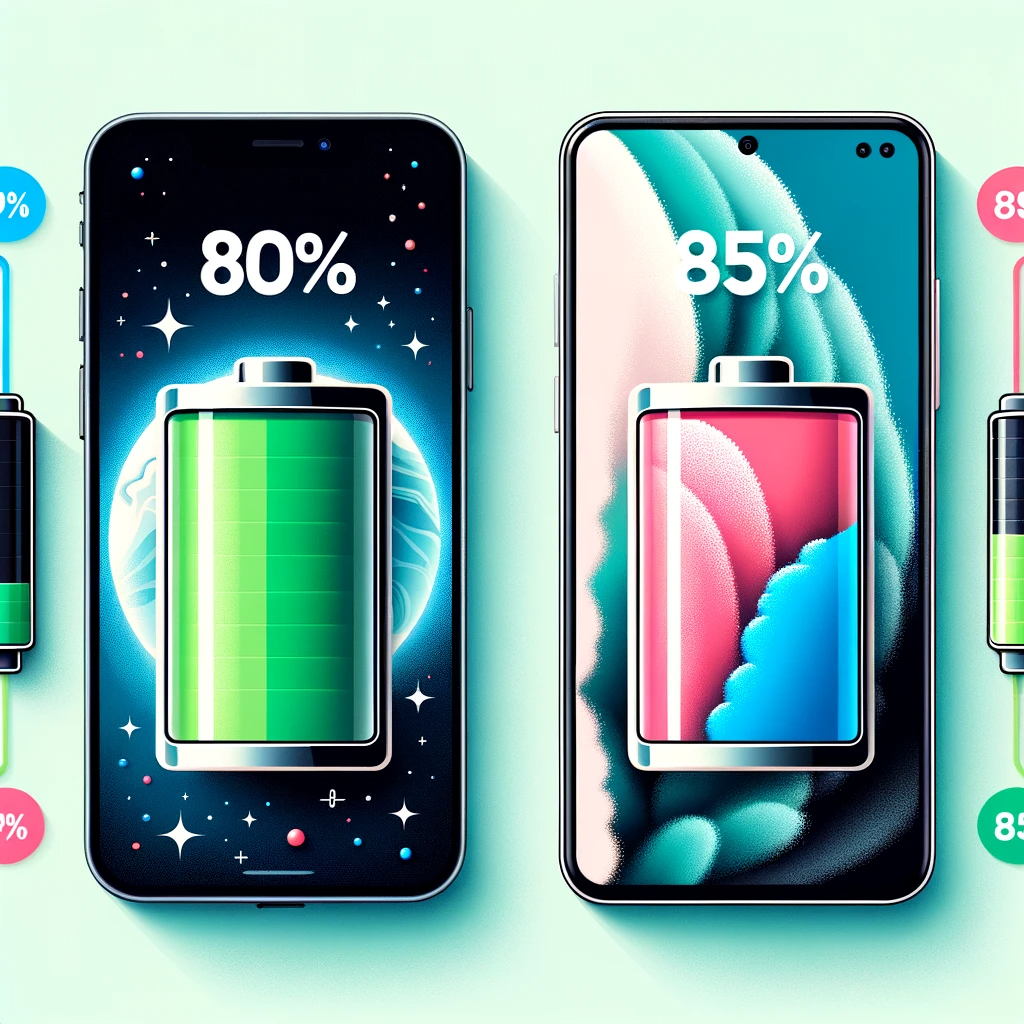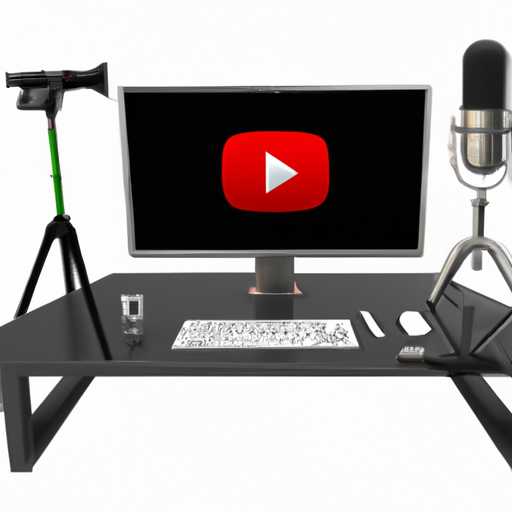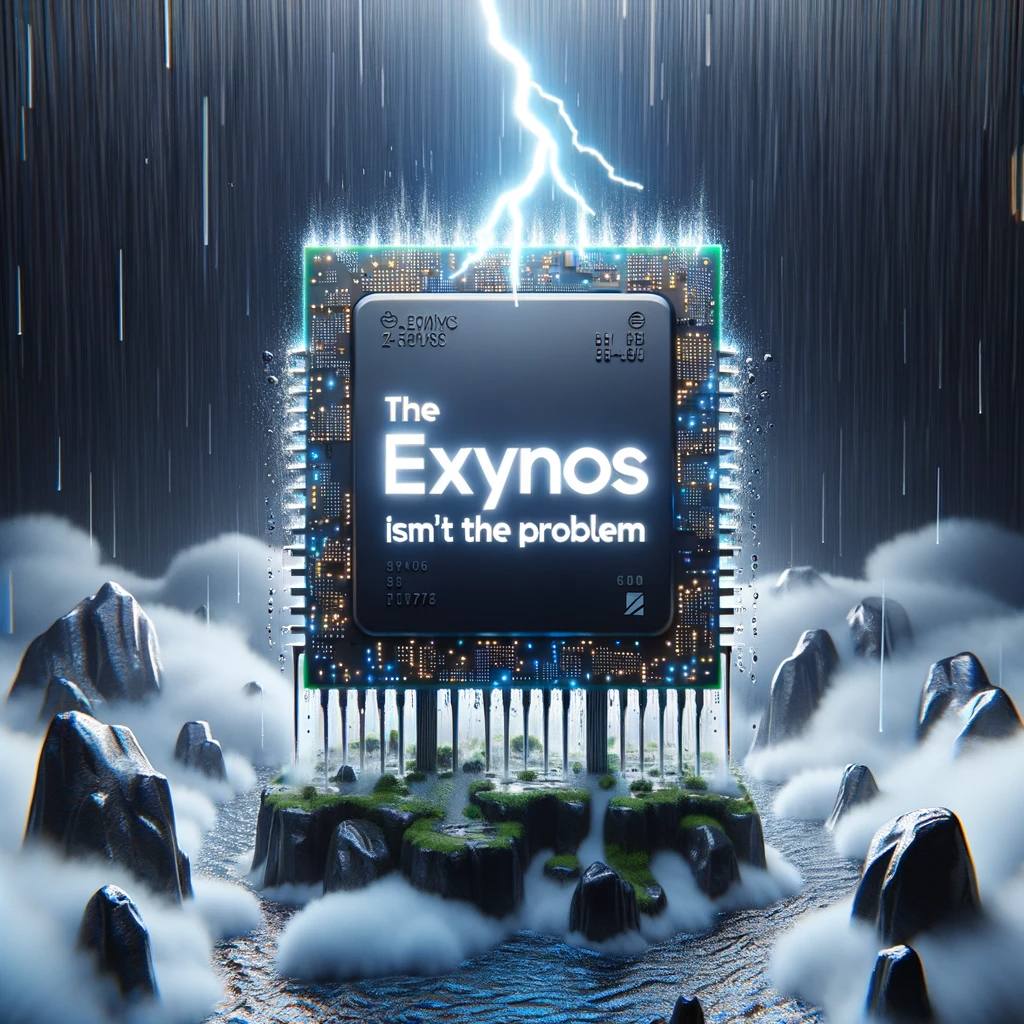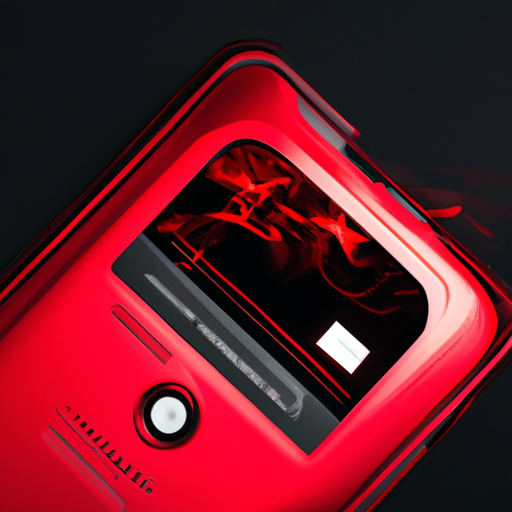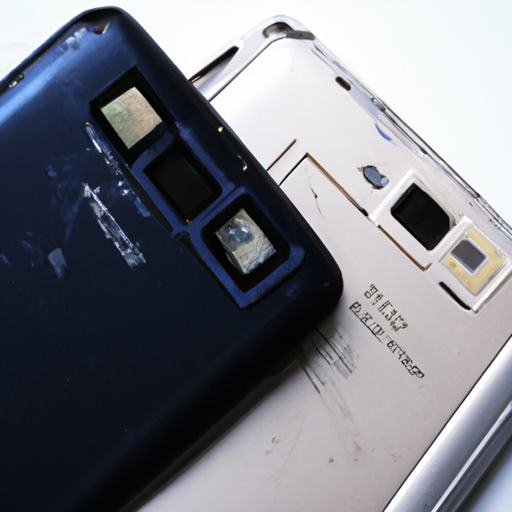In the exciting world of smartphones, one of the biggest factors consumers consider is battery life. And in this article, we have the ultimate showdown between two powerhouses – the iPhone 14 Pro Max and the Galaxy S22 Ultra. With sponsored support from Incipio, we dive into the battery test to see which phone can go the distance.
As we examine the spec sheets, the Galaxy clearly has an advantage with its larger 5000 Milliamp hour battery compared to the iPhone’s smaller 4323 Milliamp hour capacity. However, Apple has a history of maximizing performance from their specs, as proven by last year’s iPhone 13 Pro Max. Will the iPhone 14 Pro Max outlast its predecessor and come out on top? There’s only one way to find out!
Test Setup and Conditions
Before diving into the battery test comparison between the iPhone 14 Pro Max and the Samsung Galaxy S22 Ultra, it’s important to understand the conditions under which the test was conducted. This ensures that the results are accurate and can be properly interpreted.
Firstly, the screens of both phones were calibrated to 200 nits with auto-brightness turned off. This means that the brightness level was standardized for both devices, ensuring a fair comparison.
Secondly, the speakers on both phones were calibrated to the same decibel count. This was done to ensure that the audio output was consistent and did not influence the test results.
The test was conducted within equal distance of a mini cell tower. This was to ensure that both devices had a stable and comparable cellular signal strength throughout the test.
Lastly, the test was conducted in a temperature-controlled environment. This was done to eliminate any potential bias that could arise from extreme temperatures affecting the battery performance.
Comparison of Battery Sizes and Specs
To understand the implications of the battery test results, let’s first compare the battery sizes and specifications of the iPhone 14 Pro Max and the Samsung Galaxy S22 Ultra.
The Samsung Galaxy S22 Ultra boasts a much larger battery size with 5000 milliamp-hours (mAh), compared to the iPhone 14 Pro Max’s smaller battery size of 4323 mAh. This size difference indicates that the Galaxy S22 Ultra has a potential advantage in terms of battery capacity and longevity.
Additionally, it’s worth noting that while the iPhone 14 Pro Max’s display allows for a refresh rate as low as 1 Hertz, this seems to only apply to its always-on display mode. In regular use, the minimum refresh rate is 10 Hertz. On the other hand, the Galaxy S22 Ultra’s display refresh rate is not specified.
Apple has a track record of optimizing their devices to make the most out of their specifications, as seen with the iPhone 13 Pro Max’s impressive battery life. It will be interesting to see if the iPhone 14 Pro Max can surpass its predecessor in the battery test rankings.
Display Refresh Rate and its Impact
The display refresh rate of a smartphone can significantly affect its battery performance. Let’s take a closer look at the refresh rate capabilities of both the iPhone 14 Pro Max and the Samsung Galaxy S22 Ultra.
The iPhone 14 Pro Max’s display refresh rate can technically be ramped down to as low as 1 Hertz. However, it’s important to note that this feature seems to be limited to its always-on display mode. In regular use, the minimum refresh rate is 10 Hertz.
On the other hand, the specific display refresh rate of the Samsung Galaxy S22 Ultra is not mentioned. This makes it difficult to directly compare the devices in terms of refresh rate capabilities.
It’s worth mentioning that a lower refresh rate can potentially improve battery life, as the screen refreshes at a slower rate, consuming less power. However, this is highly dependent on various factors, including software optimization and the user’s usage patterns.
Phone Call Test
The phone call test is a crucial part of the battery test comparison, as it reflects real-world scenarios of phone usage. Let’s delve into the details of the phone call test, along with the results of both the iPhone 14 Pro Max and the Samsung Galaxy S22 Ultra.
In the phone call test, both phones were put through a one-hour phone call, allowing us to observe the battery drain during extended voice calls. After 60 minutes, the Galaxy’s battery dropped by 6 percent, leaving it at 94 percent, while the iPhone continued to report a full battery at 100 percent.
It’s important to note that the iPhone’s battery indicator may have overreported its remaining battery percentage due to potential discrepancies in how the device measures battery levels during phone calls. Despite this, the iPhone demonstrated a noticeable advantage in battery preservation during the phone call test.
The results highlight that the iPhone 14 Pro Max exhibited better battery performance, with the Galaxy S22 Ultra trailing behind.
Texting and Email Test
Next, let’s examine the texting and email test to assess the battery drain during typical messaging and email activities. This test provides insights into the devices’ efficiency in handling communication tasks.
During this test, both phones were engaged in an hour-long text conversation with automated chatbots. The iPhone’s battery dropped to 95 percent, indicating a minimal 5 percent drain. Similarly, the Galaxy’s battery decreased to 87 percent, reflecting a greater drain of 13 percent.
Based on these results, the iPhone 14 Pro Max outperformed the Samsung Galaxy S22 Ultra in maintaining battery efficiency during texting activities.
Browser and Instagram Scrolling Test
The browser and Instagram scrolling test evaluates the battery drain while browsing websites and scrolling through the Instagram feed. This test assesses the devices’ power consumption during internet usage.
In this test, both phones were tasked with loading the same set of websites for an hour. Surprisingly, both phones exhibited identical performance, with their batteries dropping by an equal 5 percent.
Similarly, when subjected to an hour of scrolling through the Instagram feed, the iPhone 14 Pro Max experienced a 6 percent drop in battery, while the Galaxy S22 Ultra’s battery decreased by 7 percent.
The comparable performance of both devices in these tests suggests that they have similar power efficiencies when it comes to browsing and social media usage.
Standby Test
The standby test focuses on battery drain while the phones are in idle mode with their screens turned off. This test assesses the devices’ ability to conserve battery during periods of inactivity.
For this test, both phones had their always-on displays turned off. After 16 hours of standby, the iPhone exhibited a greater battery drop of 11 percent, whereas the Galaxy’s battery decreased by 8 percent.
Interestingly, while the iPhone initially had a significant advantage over the Galaxy in the standby test, its performance declined compared to the Galaxy’s efficiency during extended idle periods.
Youtube Viewing and Gaming Test
The Youtube viewing and gaming test aims to evaluate battery drain when watching videos on Youtube and engaging in graphics-intensive gaming. This test provides insights into the devices’ battery longevity during media consumption and gaming activities.
During the test, both phones played Alto’s Adventure for one hour. The iPhone 14 Pro Max demonstrated superior battery preservation, with a 10 percent drop, while the Galaxy S22 Ultra experienced a larger decrease of 17 percent.
Although the iPhone’s performance was commendable, it’s important to note that it trailed behind the battery life of the iPhone 13 Pro Max at the same point in the gaming test. Nonetheless, the iPhone 14 Pro Max’s performance remained impressive.
Simulated Navigation and Spotify Use Test
The simulated navigation and Spotify use test assesses battery drain during simulated navigation activities and music streaming on Spotify. This test provides insights into the devices’ battery efficiencies during GPS usage and audio streaming.
During the simulated navigation test, the iPhone 14 Pro Max outperformed its predecessor and the Galaxy S22 Ultra by exhibiting a 2 percent better battery preservation.
Similarly, during an hour of Spotify use, the iPhone showcased a significant advantage over the Galaxy, with nearly triple the amount of battery remaining. The Galaxy’s battery dropped to a mere 9 percent, while the iPhone retained a healthy 29 percent.
These results suggest that the iPhone 14 Pro Max excels in conserving battery life during both simulated navigation and music streaming.
Conclusion
In conclusion, the battery test comparison between the iPhone 14 Pro Max and the Samsung Galaxy S22 Ultra revealed interesting insights into their respective battery performances. While the Galaxy S22 Ultra boasted a larger battery size, the iPhone 14 Pro Max showcased its renowned efficiency in utilizing specifications.
Throughout the various tests, the iPhone 14 Pro Max consistently demonstrated superior battery preservation, outperforming the Galaxy S22 Ultra in most scenarios. Although it did not surpass the battery life of the iPhone 13 Pro Max, it still secured the second-best result in PhoneBuff’s battery test history, emphasizing Apple’s optimization capabilities.
Therefore, for users seeking a smartphone with impressive battery life, the iPhone 14 Pro Max emerges as a strong contender, providing long-lasting power even during intensive usage. However, it’s essential to consider individual preferences and usage patterns when selecting a smartphone, as battery performance may vary based on personal habits and software optimizations.






